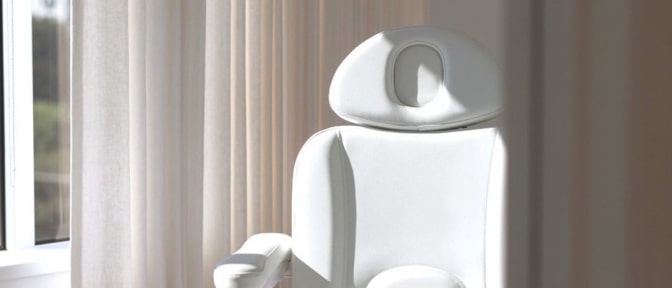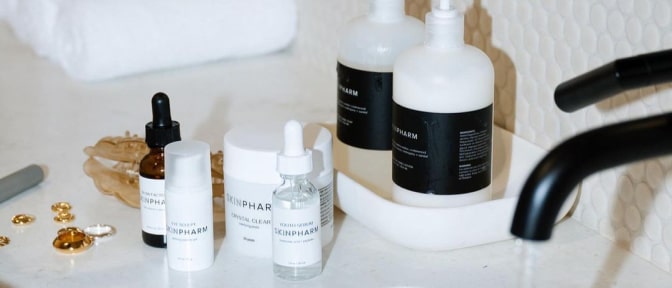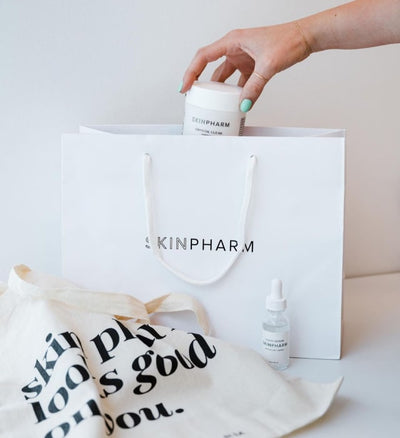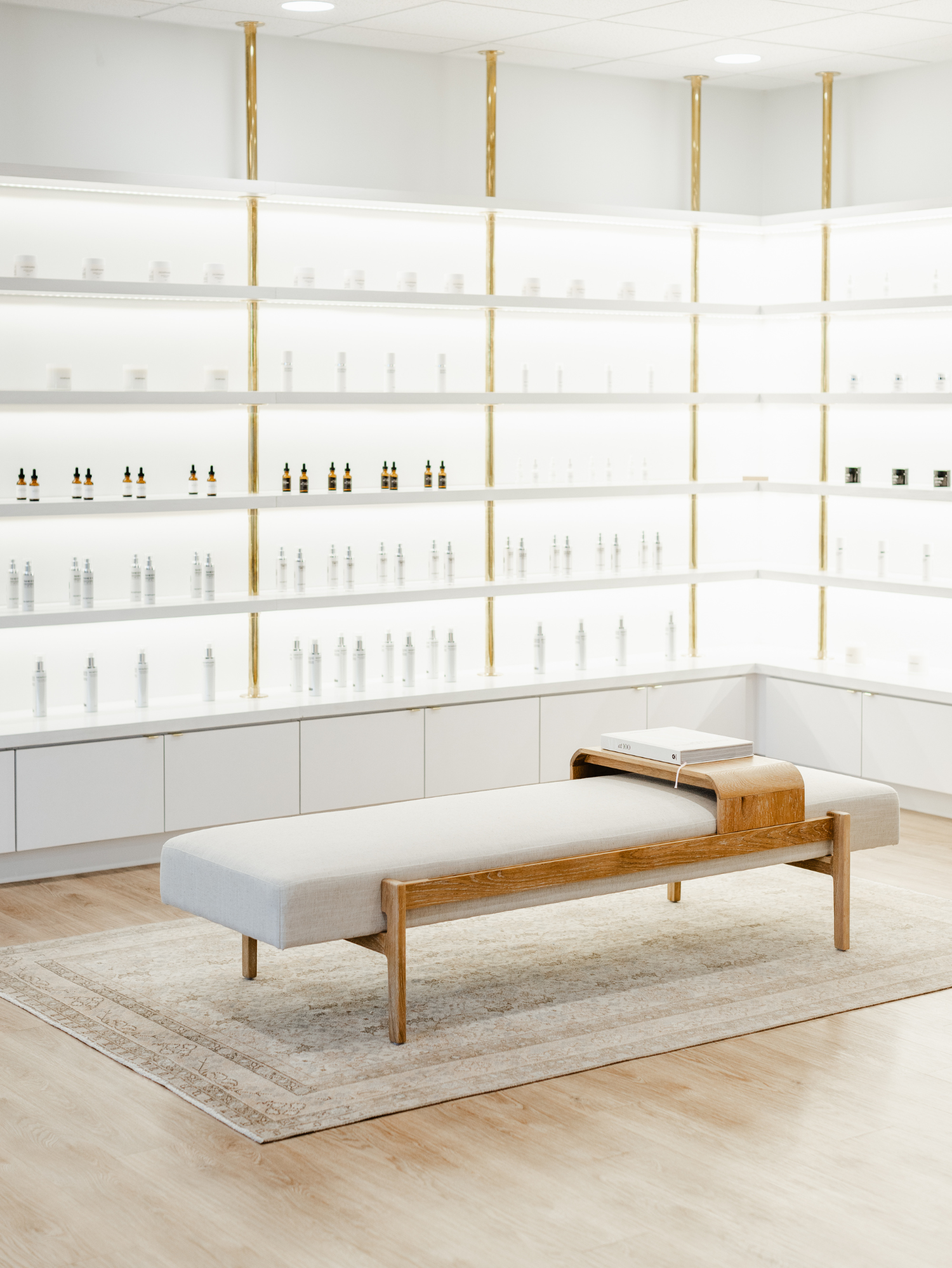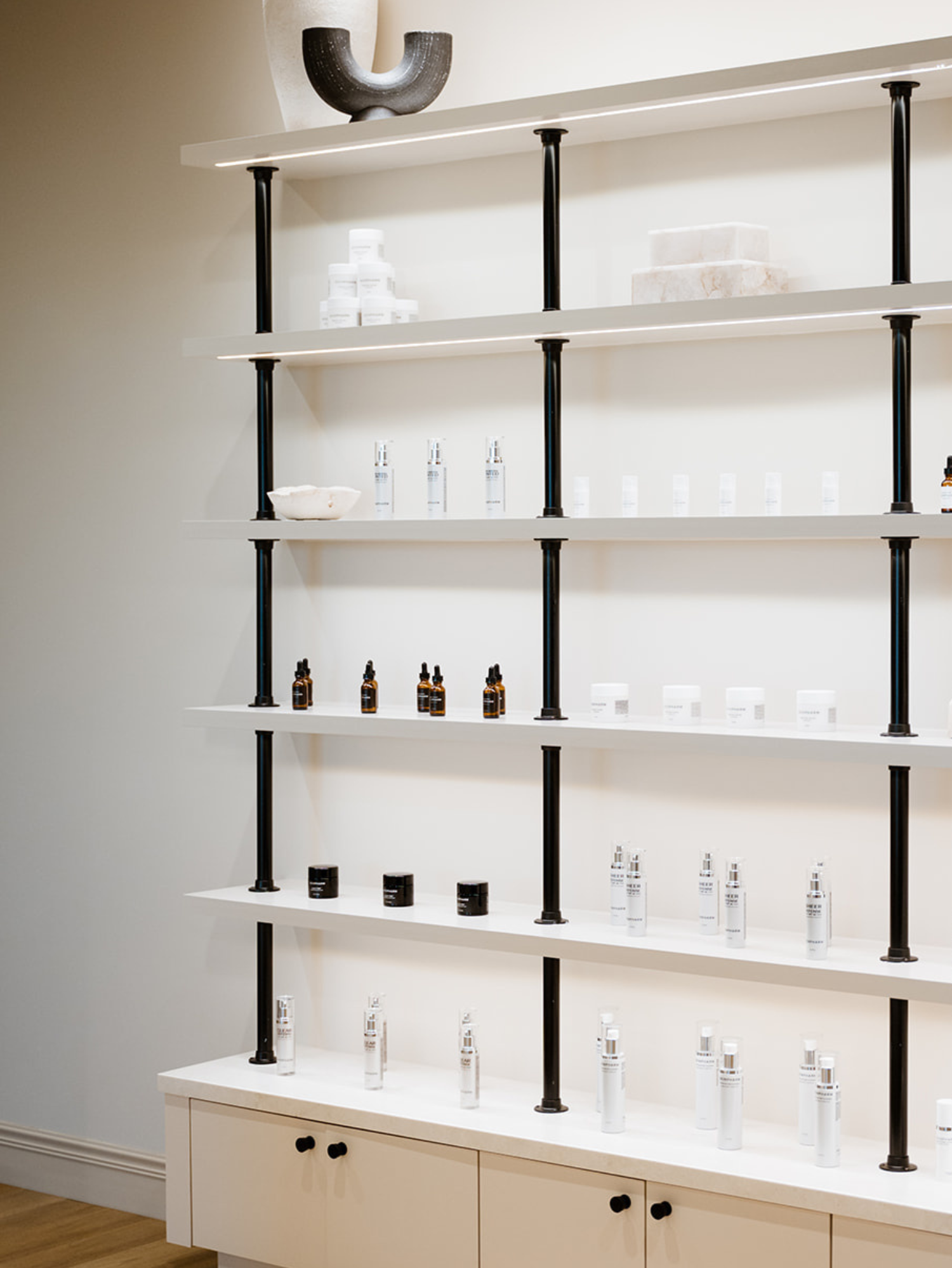Shop skin care
Clinics
VISIT OUR 9 CLINICS →
HOURS
Monday – Friday
9:30a – 5:30p
Activated Charcoal vs. Charcoal: Differences + Benefits

One of the trendiest natural ingredients in skin care is a nitty-gritty black powder called activated charcoal.
As one of the best natural pore cleansing ingredients that benefit your skin, activated charcoal is the little black dress of beauty and skin care. It appears in everything from shampoo, toothpaste, face masks and skin care supplements.
However, just looking for “charcoal” on the ingredient list isn’t always that easy.
While there are a ton of benefits to using activated charcoal, it’s essential to understand their differences. Activated charcoal vs. charcoal — what’s the big difference, and which one is better?
Charcoal vs. activated charcoal: What’s the difference?
Activated charcoalhas been around for more than 100 years. It’s best known for its ability to help treat acute poisoning by trapping toxins, so they aren’t released into the body in larger quantities.
But what is activated charcoal exactly?
Activated charcoal isn’t the kind you grill with, which may contain all sorts of chemicals and ingredients that are harmful to your skin. Activated charcoal is a powder comprised of wood, bamboo, coal or coconut shells that have been burned at a very high temperature.
In contrast, regular charcoal combines coal, peat, wood pulp, petroleum and coconut shells.
As the name tells us, activated charcoal is charcoal that is activated by exposure to high heat. To “activate” that charcoal, it must be heated in very high temperatures — over 1,000 degrees Fahrenheit — in a chamber without oxygen.
Activated charcoal is processed at extremely high temperatures or treated with substances that make it porous and give it a mind-blowing amount of surface area — an estimated football field’s worth in a single teaspoon.
During that process, the charcoal undergoes changes that cause it to develop internal holes, or pores. These pores are the key to the many benefits of charcoal — as they are part of the activated charcoal that traps chemicals and toxins — especially for people with naturally oilier skin.
Why use activated charcoal in skin care?
The primary reason activated charcoal is used in many different skin care products, including cleansers and face masks, is its ability to detoxify.
While there isn’t a lot of research yet available, many skin care enthusiasts firmly believe that activated charcoal can reach deep into pores and “clear out” all the debris.
With so many products working solely on the skin's surface, this is an enormous benefit — and likely behind the popularity of charcoal masks.
Speaking of, what are the benefits of charcoal?
Products with charcoal can be incredibly beneficial for you to include in your skin care routine. If you’re ready to try the benefits of charcoal for yourself, there are many ways that you can do that. We’ve talked a lot about how impressive the charcoal mask benefits are, but let’s go into more detail!
CHARCOAL REMOVES IMPURITIES—
As we touched on, the most well-known benefit of charcoal masks is their ability to remove impurities. All sorts of gunk can build up on the skin’s surface throughout the day. We’d have to wash our face every few hours to take care of it all, which would strip our skin of its natural oils and cause dryness.
But who has time for that? At Skin Pharm, we combine charcoal with clay to create our polishing charcoal mask, Clay Time.
When you use a charcoal mask, you can set some time aside for yourself and clean out those pores. This way, exfoliating your face can help reduce blemishes, brighten the skin and even out your skin tone.
Removing that debris (a combination of environmental pollutants, dead skin cells and sebum) is a massive benefit for your skin.
CHARCOAL CAN PREP YOUR SKIN—
Another one of the charcoal mask benefits we love is its ability to help prep your skin, either before you put your makeup on or before you complete your skin care routine.
When you choose to use your clay mask, it works by performing a deep cleansing on your skin, removing buildup from your pores. You can then hydrate your skin or apply makeup, as the pores are open and the skin’s surface is smooth.
Charcoal masks are a way to make your skin that blank canvas.
Think of it this way — if you’re trying to create a beautiful painting, you want a blank canvas. You don’t want to work over a layer of paint that has already been put down.
CHARCOAL CAN HELP BALANCE YOUR SKIN’S NATURAL OILS—
Whether you have an oily skin type or not, all skin produces sebum in some capacity. However, if you have naturally acne-prone skin, having an appropriate oil balance is crucial for reducing the potential for breakouts.
Another one of the charcoal mask benefits we think is exciting is its ability to soak up excess oil, leaving you with enough of it to keep your face hydrated without increasing the risk of blackheads and whiteheads.
How to incorporate charcoal into your skin care routine
We recommend Clay Time, which combines the power of activated charcoal with other ingredients, like salicylic acid and lavender, to gently polish and exfoliate your skin. You can use the mask two to three times a week after cleansing.
To use Clay Time, always start by washing your face. Massage a small amount onto damp skin with a circular motion, then leave it on for about three minutes. Once the time is up, you can simply wash it off your face with warm water, pat dry and continue your routine.
We recommend starting with our Gentle Soothing Cleanser, which removes all traces of makeup, grime and buildup from the skin while providing it with the hydration and nourishment it needs.
Once your skin is clean, it’s time to apply the mask. Clay Time (and other activated charcoal products) should be used before other skin care products like toners, serums and moisturizers. The goal is to clear out and detox your pores, leaving them more open to absorb other products.
When your pores are open, other skin care products soak even deeper into your skin, rendering them more effective than those applied to the skin’s surface.
What other ingredients work well with charcoal?
Charcoal is impressive, yes, but most skin care products aren’t made up of just one ingredient. In fact, it often takes a combination of active ingredients to create a customized skin care routine.
But are there any ingredients that work well with charcoal? That’s where clay comes in.
Clay, especially kaolin and bentonite clay, perform many of the same jobs. Combining the two can provide plenty of benefits if you deal with oily skin, frequent breakouts or uneven skin tone and texture. Certain clays may even help promote collagen production, making your skin appear more firm and supple.
However, if you have dry or sensitive skin, this combination may be too much for your skin to handle. You’ll also want to focus on hydration, as overly dry skin can overproduce sebum to compensate.
Other ingredients that work well with charcoal include honey (which adds moisture), apple cider vinegar (to balance pH levels), coconut oil (for additional hydration) and natural exfoliants, like quartz, salt or sugar.
Keep in mind that activated charcoal should only be used a few times a week. As wonderful as its benefits may be, using them too frequently can create the opposite effect.
You need to leave some natural sebum on your skin to keep it hydrated, and stripping too much off will leave your skin dry, uncomfortable and more likely to show early signs of aging, like fine lines.
Boost skin health with Skin Pharm
Looking to really up the ante and deep clean your skin? Try an in-clinic skin treatment from one of Skin Pharm’s advanced practice providers! While our Clay Time charcoal mask and other skin care products can help maintain healthy skin, treatments will amplify your results and really take your skin to the next level.
At Skin Pharm, you’ll find plenty of treatment options available to fit your needs. A few examples are BBL photofacials, microneedling and chemical peels, too.
Each of these skin treatments performs a slightly different job, from evening the surface of the skin to promoting collagen. Although they can’t be performed as often as you can use a charcoal mask, the results are more dramatic and long-lasting.
To wrap things up…
When it comes to detoxifying the skin, charcoal should be one of your go-to tools. When used appropriately and as part of a supportive skin care routine, the benefits of charcoal are immediately noticeable.
But don’t take our praise for the many charcoal benefits at face value — pick one up and see for yourself! You’ll wonder why you didn’t invest in yourself (and your skin) sooner.
From products to procedures, Skin Pharm is here for all your skin care needs. Book a skin consult with us today to reveal your best skin yet!
SOURCES:
Activated Charcoal—Past, Present, and Future | PMC
Sebum - an overview | ScienceDirect Topics
Effect of topical clay application on the synthesis of collagen in skin: an experimental study | PMC
